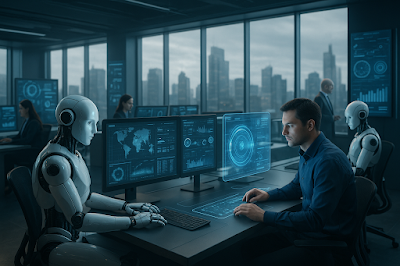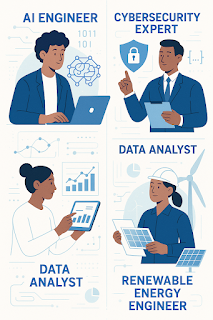Welcome to Lavish hair salon, your trusted destination for expert hair care and grooming services, located conveniently on Farooq-e-Azam Road, Shamsabad, Rawalpindi. We are proud to be part of the vibrant Rawalpindi community, offering a full range of hair salon services tailored for men, delivered with professionalism, precision, and a personal touch.
At [lavish hair salon], we believe that a haircut is more than just a routine—it’s an experience. Our team of highly skilled and experienced barbers is passionate about helping every client look their best and feel confident. Whether you're coming in for a classic haircut, a modern fade, beard styling, hair coloring, or a relaxing wash and scalp massage, we make sure each visit leaves you refreshed, satisfied, and looking sharp.
Why Choose Us?
1. Full-Service Men's Grooming:
We provide a wide range of hair services to meet the needs of every customer. Our services include precision haircuts, beard trims, shaves, hair washing, blow-drying, hairstyling, facials, and hair coloring. We also offer customized grooming packages for weddings, parties, and special events.
2. Professional & Friendly Staff:
Our team is made up of experienced barbers and stylists who are not only experts in their craft but also trained in customer care. We value cleanliness, hygiene, and your comfort. Every client is treated with respect and courtesy in a clean, relaxed, and welcoming environment.
3. Personalized Services:
At lavish hair salon, we understand that every client is unique. That's why we take time to listen to your preferences and offer personalized advice based on your hair type, style goals, and maintenance routine. Whether you prefer traditional or trendy, we’ve got you covered.
4. Customer Satisfaction is Our Priority:
Customer service is at the heart of everything we do. We believe in building long-term relationships with our clients based on trust, quality, and consistency. Your satisfaction is our top priority, and we strive to exceed your expectations on every visit.
5. Prime Location:
Located on Farooq-e-Azam Road in Shamsabad, we are easily accessible and ideally situated in one of Rawalpindi’s busy and central areas. Our salon is just a short distance from main landmarks and public transportation, making it convenient for both local residents and visitors.
6. Clean & Hygienic Environment:
We maintain the highest standards of cleanliness and hygiene. All equipment is sanitized regularly, and our workstations are kept clean and organized. We follow strict hygiene protocols to ensure your safety and peace of mind.
7. Affordable & Transparent Pricing:
Our pricing is competitive, and we offer excellent value for money. There are no hidden charges, and we always inform our clients about service costs upfront. Quality grooming should be accessible, and we make sure it is.
8. Walk-Ins Welcome – Appointments Available:
While we happily accept walk-ins, we also offer appointments to minimize wait times and provide convenience. Call or visit us to book your slot and enjoy timely service.
---
Whether you're preparing for a special occasion or simply looking to refresh your style, lavish hair salon in Shamsabad is your go-to place for dependable, top-notch grooming services. Visit us today and experience the difference that care, skill, and passion can make.
Come as you are—leave as your best self.
📍 Location: Farooq-e-Azam Road, Shamsabad, Rawalpindi
📞 Contact: 0320-6966226
🕒 Timings: [ 8:00 AM – 12:00 AM, 7 Days a Week]
📩 Social Media:


